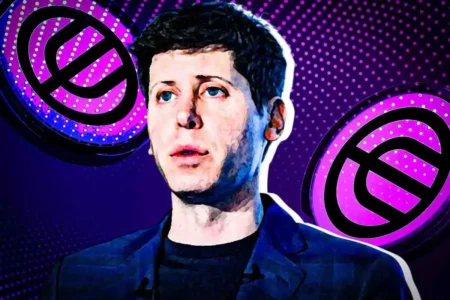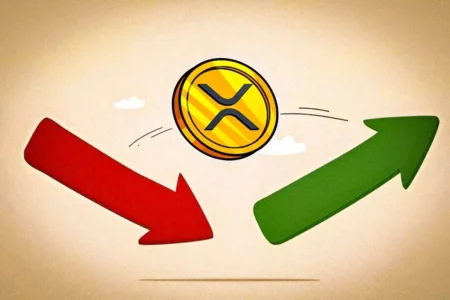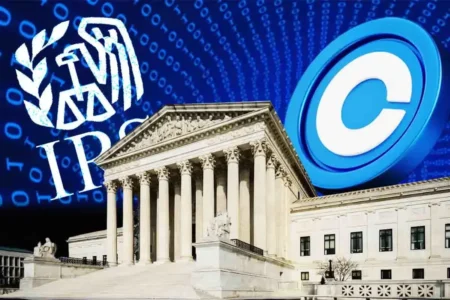The Future of Blockchain: Insights from Charles Hoskinson at Paris Blockchain Week
During his impactful keynote address at Paris Blockchain Week, Charles Hoskinson, the founder of Cardano, shared critical insights about the future trajectory of blockchain technology. With an audience eager for guidance, Hoskinson urged the industry to shift its focus away from outdated practices and prioritize building long-lasting value that benefits everyday users rather than just tech-savvy insiders. His emphasis on practicality and accessibility sets the stage for the evolving landscape of blockchain.
The Emergence of Fourth Generation Blockchain
Hoskinson articulated that the blockchain industry is transitioning into its fourth generation. The initial phases were marked by the rise of Bitcoin, laying the foundation of decentralization. The subsequent phase introduced smart contracts, enhancing the capability of blockchains to scale and operate effectively at larger capacities. Now, as we step into this transformative fourth phase, the focus must center on addressing real-world challenges on a grand scale. Hoskinson believes that blockchain technology must be more than a niche tool for programmers; it needs to become reliable and understandable for billions of users globally.
A Call for Privacy and Interoperability
In his address, Hoskinson also highlighted the escalating importance of privacy and identity protection as blockchain’s adoption in practical sectors like healthcare and retail increases. He affirmed that interoperability between blockchains is vital, especially within industries such as supply chain and logistics. While challenges like the absence of standardized rules and security concerns remain significant, he views these hurdles as necessary steps toward a more robust technological future. For Hoskinson, the key to realizing blockchain’s potential lies in creating an environment where diverse networks can connect and engage seamlessly.
Rethinking Traditional and Decentralized Finance
As Hoskinson discussed the need for collaboration rather than competition between traditional finance (TradFi) and decentralized finance (DeFi), he proposed a model he terms “Fi.” This new framework suggests that the two financial systems should integrate to cultivate public trust and adhere to established rules. By merging the strengths of TradFi and DeFi, blockchain can enhance its credibility, which is critical for widespread acceptance and utilization. Examples, such as Cardano’s recent performance over several leading S&P 500 companies, highlight the burgeoning potential for DeFi innovations to gain traction in an evolving financial landscape.
Challenges on the Horizon
Despite the optimistic outlook, Hoskinson warned that not all platforms may survive this new phase of blockchain evolution. He has expressed concerns about Ethereum’s longevity, suggesting that its current technology might not be well-suited for future demands. While the Ethereum network plans to implement significant upgrades, such as the upcoming Pectra upgrade on May 7, Hoskinson maintains that adaptability is crucial for any platform aiming to thrive in a rapidly shifting environment.
The Future Looks Bright for Cardano
In light of these developments, Cardano stands poised for growth. Analysts have speculated that ADA, Cardano’s native cryptocurrency, could reach new milestones, including the potential for a $10 valuation. Such predictions may alter investor sentiment, influencing a broader focus on the integration of both TradFi and DeFi. Presently, ADA is trading at $0.6856, indicating a minor downturn over the past 24 hours. Nevertheless, the potential for significant advancements remains high as Cardano aims to bridge gaps within the blockchain ecosystem.
Conclusion: Embracing the Change
Charles Hoskinson’s insights at Paris Blockchain Week encapsulate a pivotal moment in the evolution of blockchain technology. By advocating for privacy, interoperability, and the integration of financial systems, Hoskinson presents a vision that promotes inclusivity and practical solutions to real-world problems. As the fourth generation of blockchain unfolds, the focus on long-lasting value for everyday people could redefine how this technology is perceived and utilized in various sectors, making it essential for industry stakeholders to adapt and innovate.
















